Nalpamaradi Thailam Uses for Moms and Little Ones: A Complete Guide to Safe Usage During Pregnancy and Childhood
| Estimated Reading Time: 5 minutes |
Hey there! We knew you’d come back (wink wink)! If you’re here from our last post, consider this a warm hug trapped in turmeric and tradition. And if you’ve stumbled upon this while desperately Googling “Is Nalpamaradi safe for my baby???”, hello, welcome! Make yourself comfortable; you’re exactly in the right place.
As usual, this isn’t another lesson in Ayurveda. This is a heart-to-heart over a glass of haldi doodh (figurative, obviously) where we answer the real questions! “Can you use Nalpamaradi Thailam when you’re pregnant? Should you massage it onto your baby’s chubby little legs? And what do you do with that bottle staring back at you from your dresser, which currently is looking more intimidating than beneficial?”
Whether you’re pregnant, parenting, or just passionately curious, come as you are. No gatekeeping here. Only glow.

What’s Inside Nalpamaradi Thailam?
Whether you’re a mom or a to-be mom, your first concern before using any product is, “What’s in it?”. So, of course, it isn’t a surprise when you have the same question in regard to Nalpamaradi Thailam, even though it's Ayurvedic.
To sum up, it is made with a base of sesame oil, turmeric, vetiver, amla (Indian gooseberry), and four types of ficus tree barks.
These ingredients are popular in aiding with brightening, soothing, detoxing, and protecting the skin. But Ayurveda or not, pregnancy and babies require extra care, right? So, how effective are Nalpamaradi Thailam’s uses, and most of all, are they safe?
In traditional form, yes, WITH some dilution and moderation.
Can Nalpamaradi Thailam be made at home?
We’re the biggest fans of DIY when it comes to recreating an Ayurvedic recipe from the comfort of your home, but unfortunately, some things are just better left to the professionals. Hear us out… You could absolutely gather all the necessary ingredients (and some you like) for the concoction, boil them in a pot of good-quality sesame oil, and store them for 2-3 weeks. You’ll probably even get some decent results! That sounds like a win, right? Except that it’s not. The recipe, although simple enough on the face of it, has a lot of work going on the back burner and takes a long time to get to the standard it needs, meaning it is pretty difficult to nail the concoction every time. So, while you “technically” can make your own Nalpamaradi oil at home, we recommend skipping the ordeal altogether, saving yourself some time, and just choosing a bottle of the best Nalpamaradi thailam uses from your favourite & trusted Ayurvedic beauty brand that can give numerous benefits of oil massage on the body!
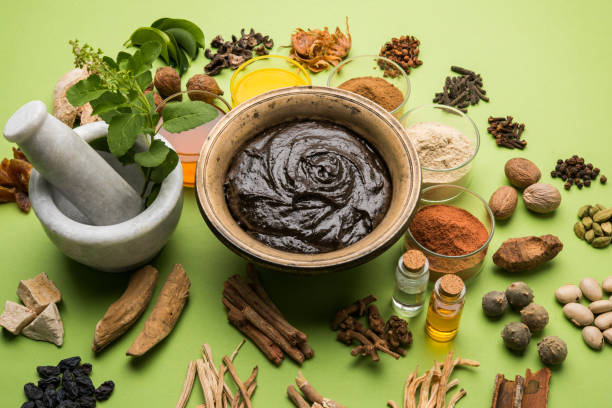
Nalpamaradi Thailam Uses During Pregnancy
You know what they say? Pregnancy is full of surprises! The glow, the shiny hair, and the naps are more restful than ever! The itchy skin, stretch marks, patchy pigmentation… full of surprises indeed!
Buuuut, here’s exactly where Nalpamaradi Thailam becomes your best friend!
-
Thanks to the sesame oil and turmeric, it helps to relieve dryness and itchiness
-
It fades pigmentation and suntan, especially around the neck, underarms, and thighs
-
It improves skin elasticity, thereby helping prevent or reduce the severity of stretch marks
A gentle massage post-bath or before bedtime can be an effective ritual during the second and third trimesters.
Pregnancy Safe Usage Guide
Trimester-wise Usage:
-
First Trimester: It’s best to avoid all external herbal treatments unless recommended by your gynaecologist. Since the body is adjusting, the sensitivity tends to be quite high.
-
Second Trimester: Start its diluted use on arms, legs, back, and belly. Avoid the face and chest.
-
Third Trimester: Continue usage with a focus on dry areas. Use 2-3 times a week at max.

Where to Apply:
-
Arms, legs, belly, and back
-
Avoid applying on the face, near the eyes, or on broken skin
How to Use Safely:
-
Always dilute with coconut or sweet almond oil in a 1:2 ratio
-
Patch test on a small area before wider application
-
Use during cooler hours of the day to avoid heatiness or irritation
And remember, if your doctor says no, it’s a no. Ayurveda respects consent from both your body and your physician.
Is Nalpamaradi Thailam Safe for Babies and Kids?
The answer is yes, but with caution and customisation.
Ayurveda greatly emphasises the use of Nalpamaradi Thailam in infant massage routines, especially for skin brightening and softening, but modern parenting advises on age-appropriate use and testing.
Age-Wise Guide:
-
Newborns (0-6 months): Avoid. Their skin barrier is still forming.
-
Infants (6 months - 2 years): Use only in diluted form once a week.
-
Toddlers (2+ years): Can be used more regularly (2-3 times a week) in diluted form.

Nalpamaradi Thailam Uses for Babies:
-
Lightening tan from sun exposure
-
Post-rash skin soothing (not on active rashes!)
-
Gentle massage for skin hydration in dry weather
Avoid the face, genitals, and open wounds, and always follow up with a gentle bath using lukewarm water.
Dilution & Patch Testing for Babies
Never, ever apply Nalpamaradi directly on a baby’s skin.
-
Dilution ratio: 1 part Nalpamaradi to 3 parts coconut or almond oil
-
Patch test: Apply behind the knee or on the inner thigh. Wait for 24 hours.
If there’s redness, avoid using it. If not, you’re good to go; green lights all the way!
Baby Massage Routine with Nalpamaradi Thailam
-
Slightly warm the diluted oil before use
-
Massage the oil with circular motions on limbs, chest, and back
-
Let it sit for 15-20 minutes before bath
Make it a pre-bath ritual 1-2 times a week for toddlers, especially during winter.

Pediatrician Advice & Product Labels
When choosing a Nalpamaradi formulation for kids:
-
Look for dermatologically tested and baby-safe tags
-
Avoid anything with essential oils, preservatives, or added fragrances
Consult your paediatrician before introducing it to your child’s routine, especially if they have eczema, allergies, or sensitive skin.
Cautions & What to Avoid
-
Turmeric stains: Use old clothes and towels
-
Do not apply on the face (for both mom and baby)
-
No internal use: This is strictly for external application
-
Storage matters: Keep the bottle in a cool, dark place
Conclusion
Whether you're expecting, parenting, or simply exploring holistic skincare, Nalpamaradi Thailam can become a part of your care ritual, as long as you respect its potency.
Listen to your body, trust your baby’s cues, and don’t hesitate to ask your doctor when in doubt. Tradition, after all, isn’t about rigid rules; it’s about evolving with care.
And as we turn the page on this chapter, we leave you with this:
The turmeric might fade, but the glow you nurture, for yourself and your baby, is forever.
Well, this marks the end of our Nalpamaradi ritual series! From first glances to final glows, we’ve travelled through turmeric, traditions, and tenderness together. If even a single bottle now feels a little less intimidating and a little more inviting, then our job here is done.
Tell us all about your thoughts in the comments below and whether there’s any other story you’d like us to cover. Until then, stay golden!
Recommended Products by Blue Nectar:
Shubhr Ayurvedic Baby Massage Oil with Organic Ghee
Niraa Baby Body Lotion with Ghee For Nourished Skin
Related Articles:
History of Nalpamaradi Thailam
Nalpamaradi Thailam Ingredients 101: Nerd Edition
A Comprehensive Guide to Nalpamaradi Thailam: Uses, Rituals, Benefits, and Side Effects
References:
Turmeric for skincare- How is it beneficial and how to use it
Amla: The Vitamin C Powerhouse


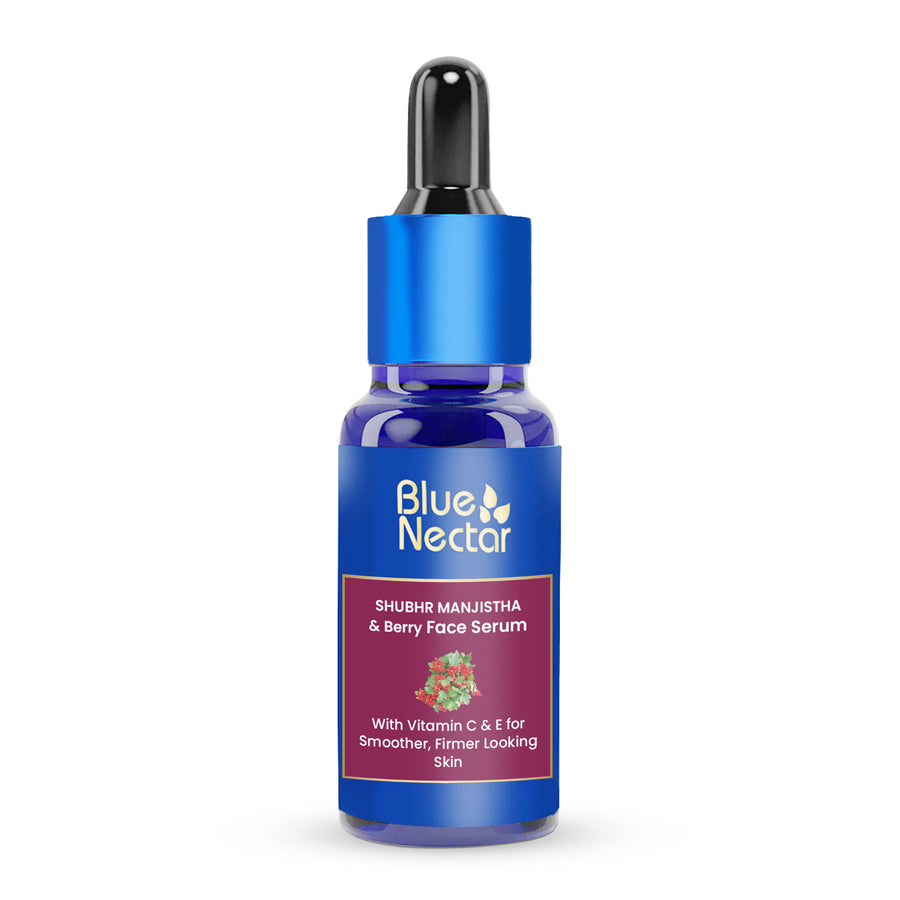

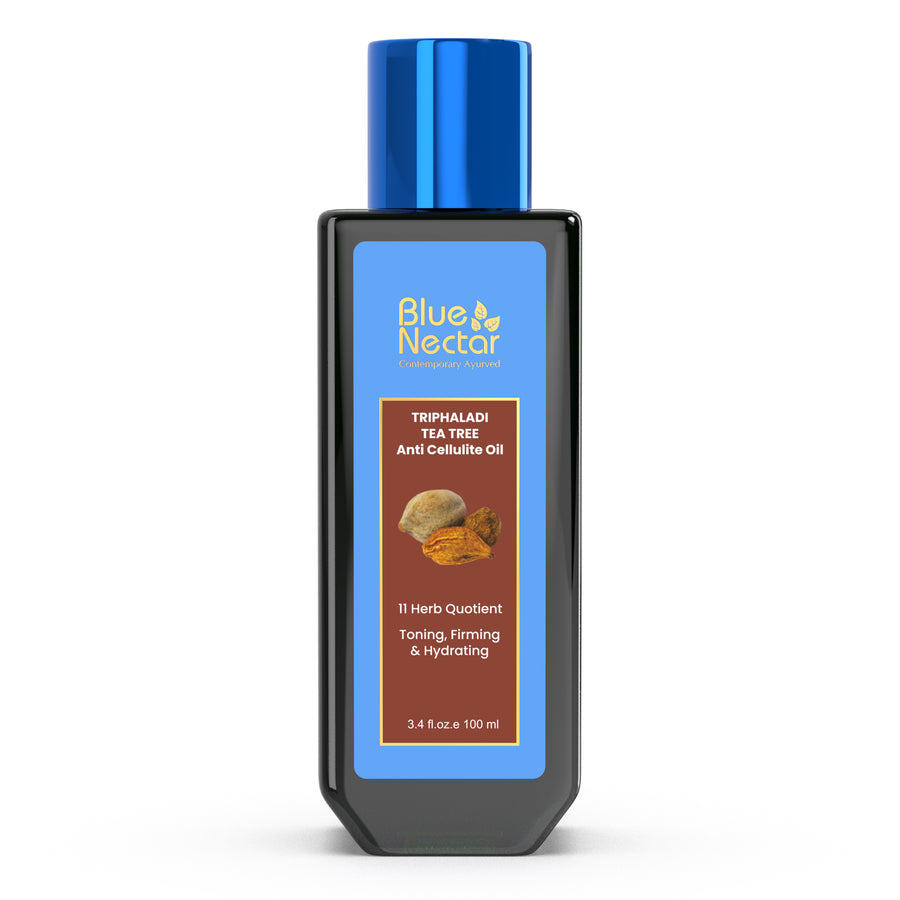
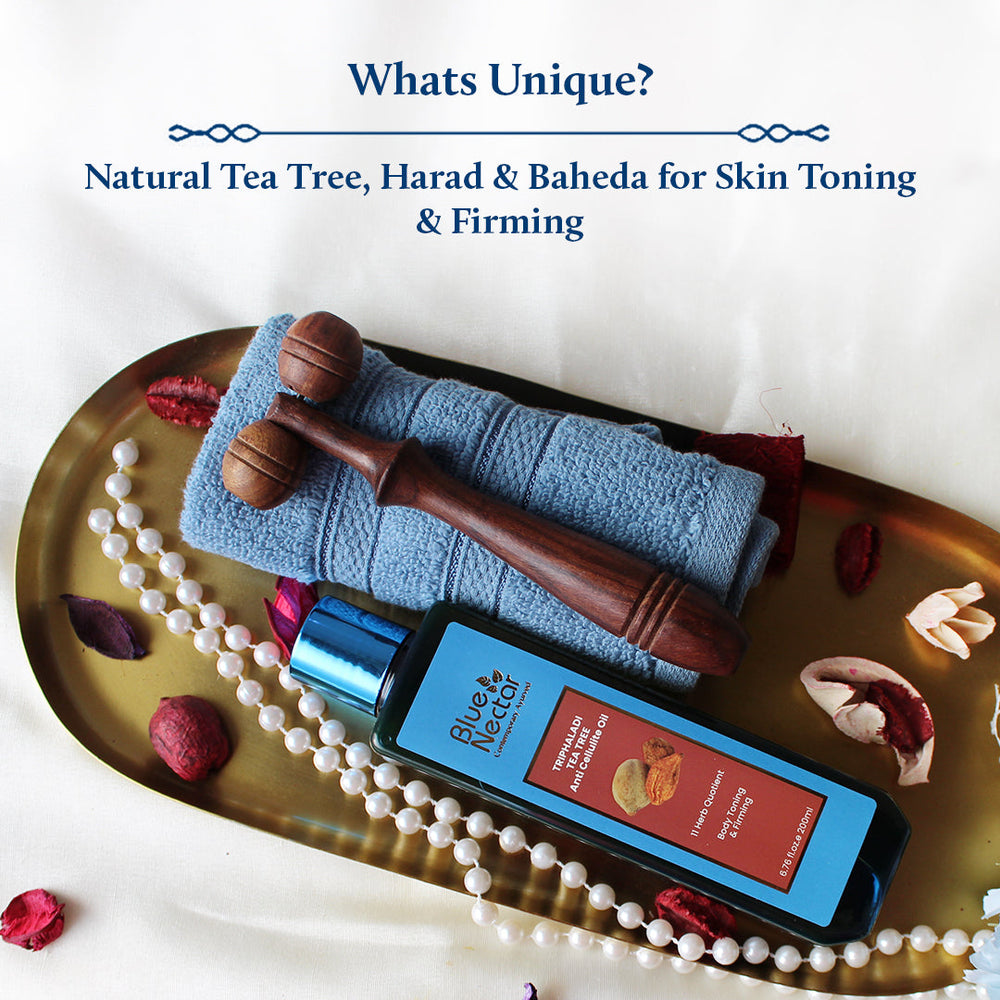
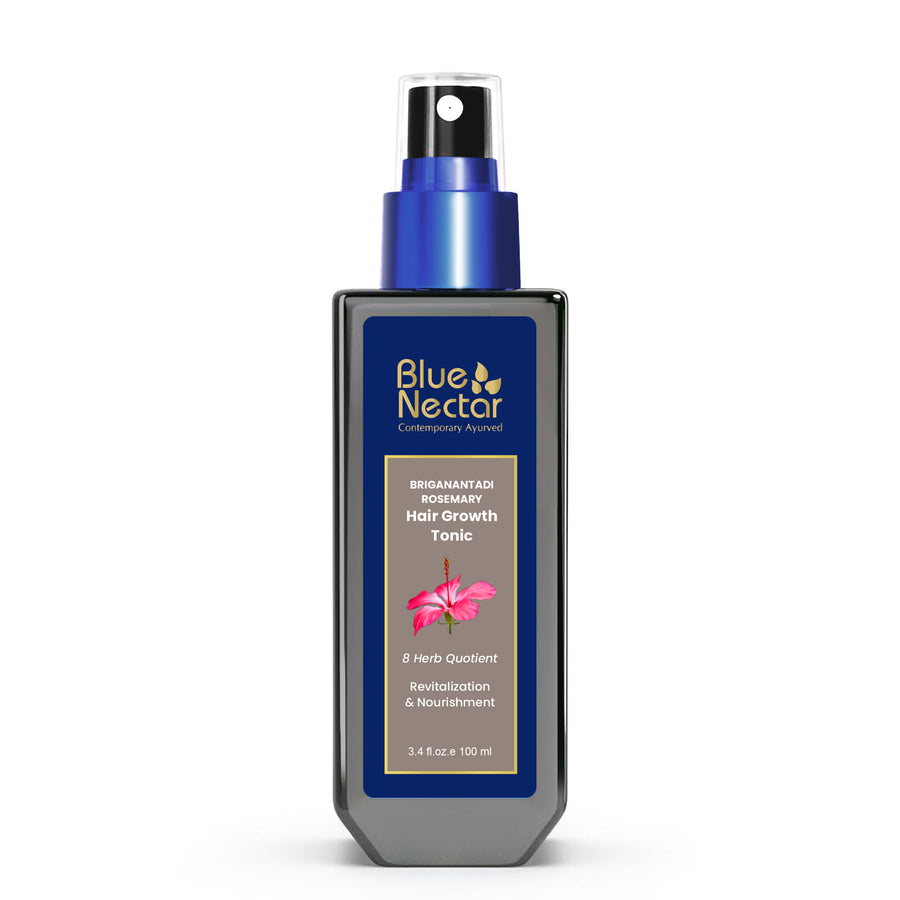
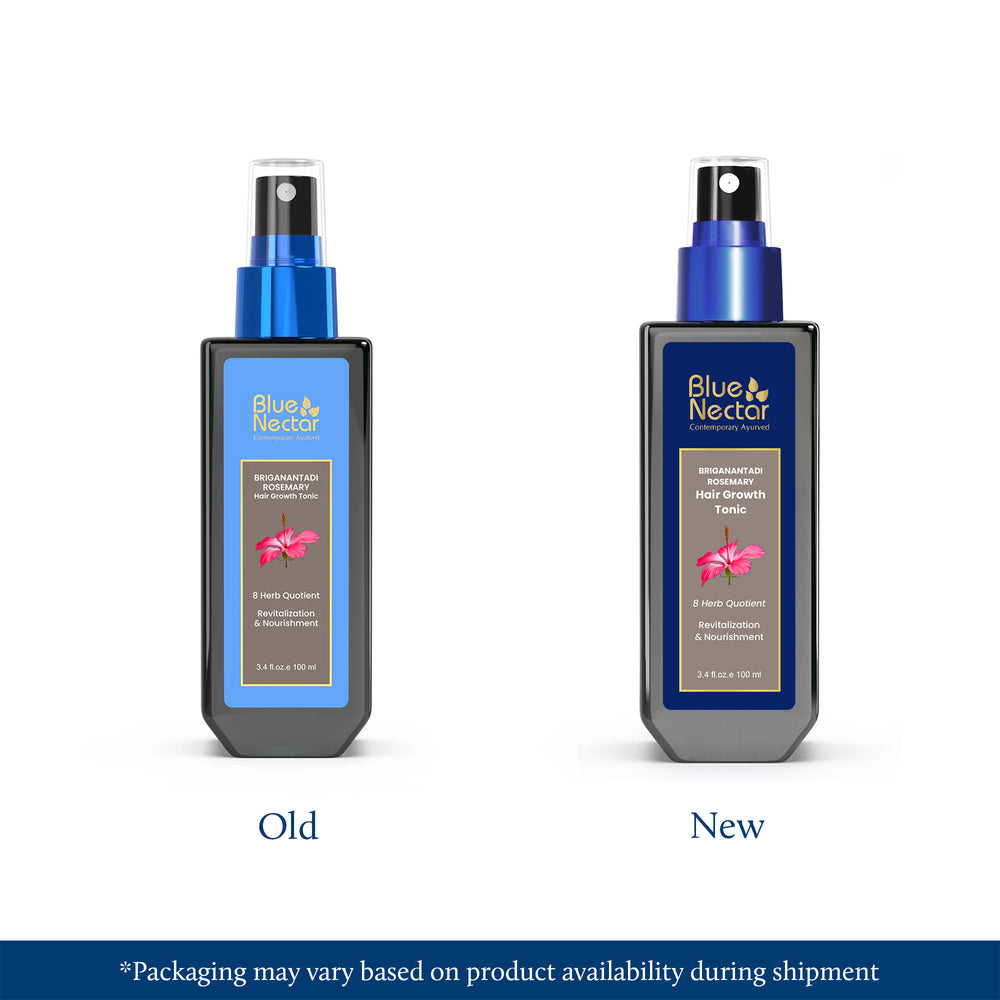
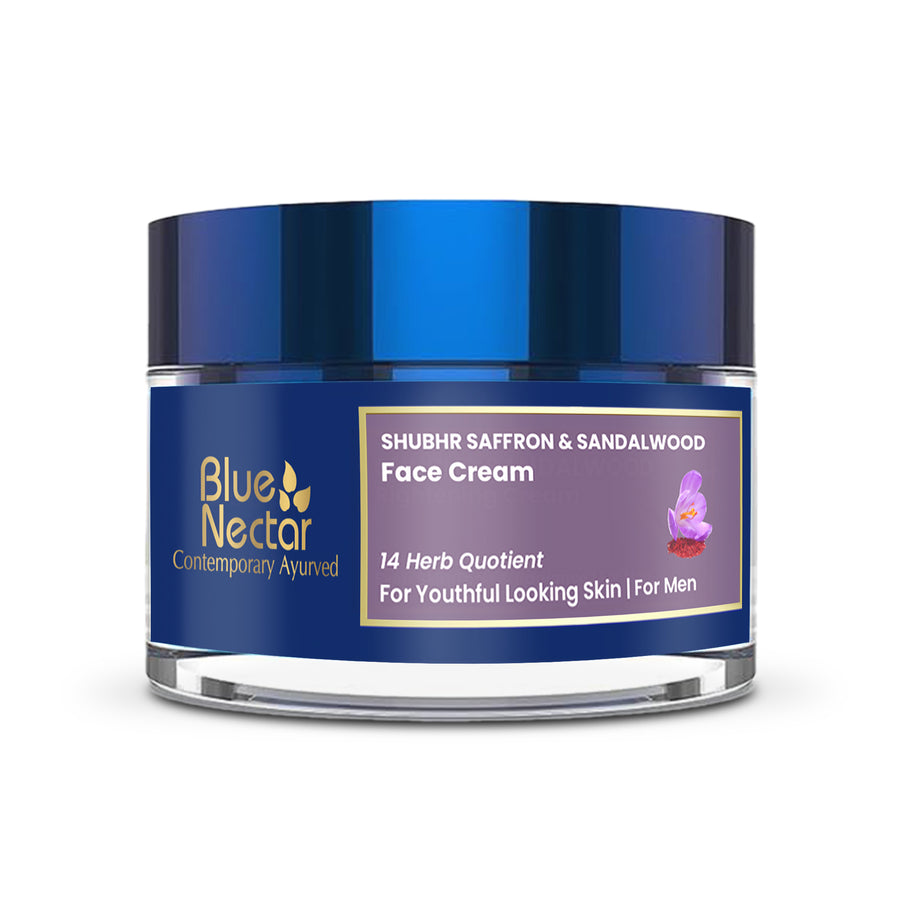
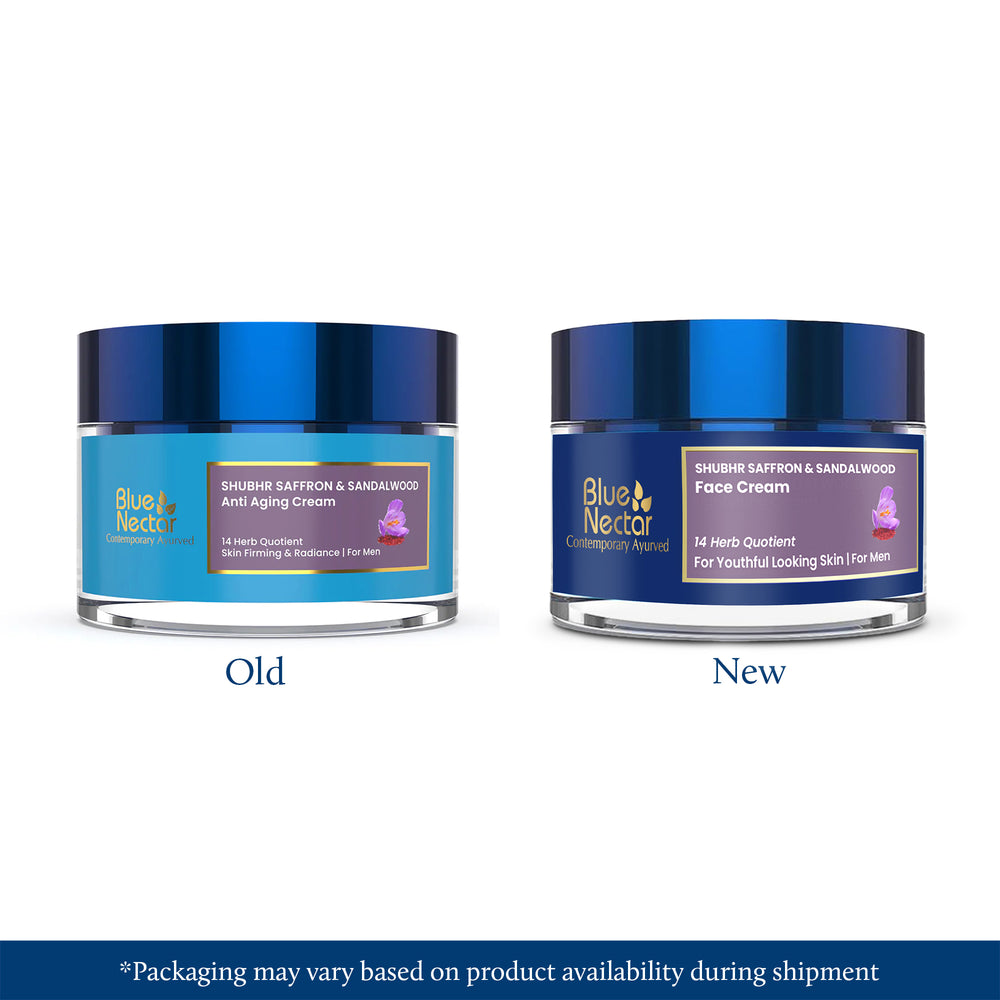


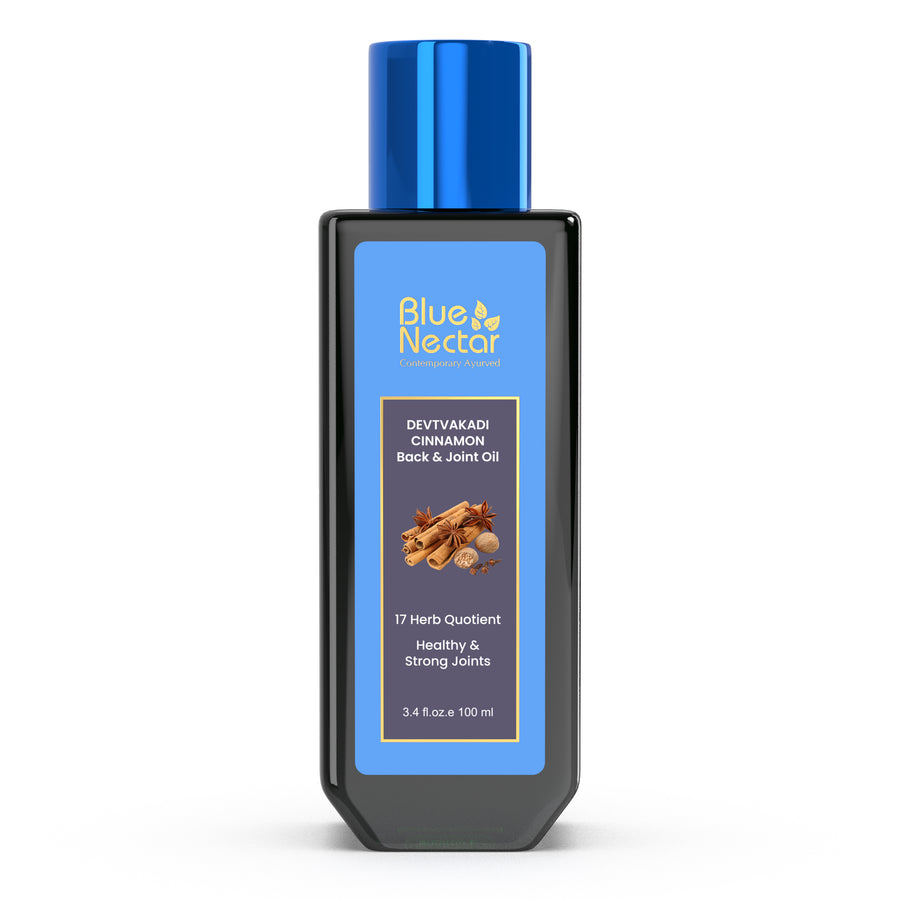
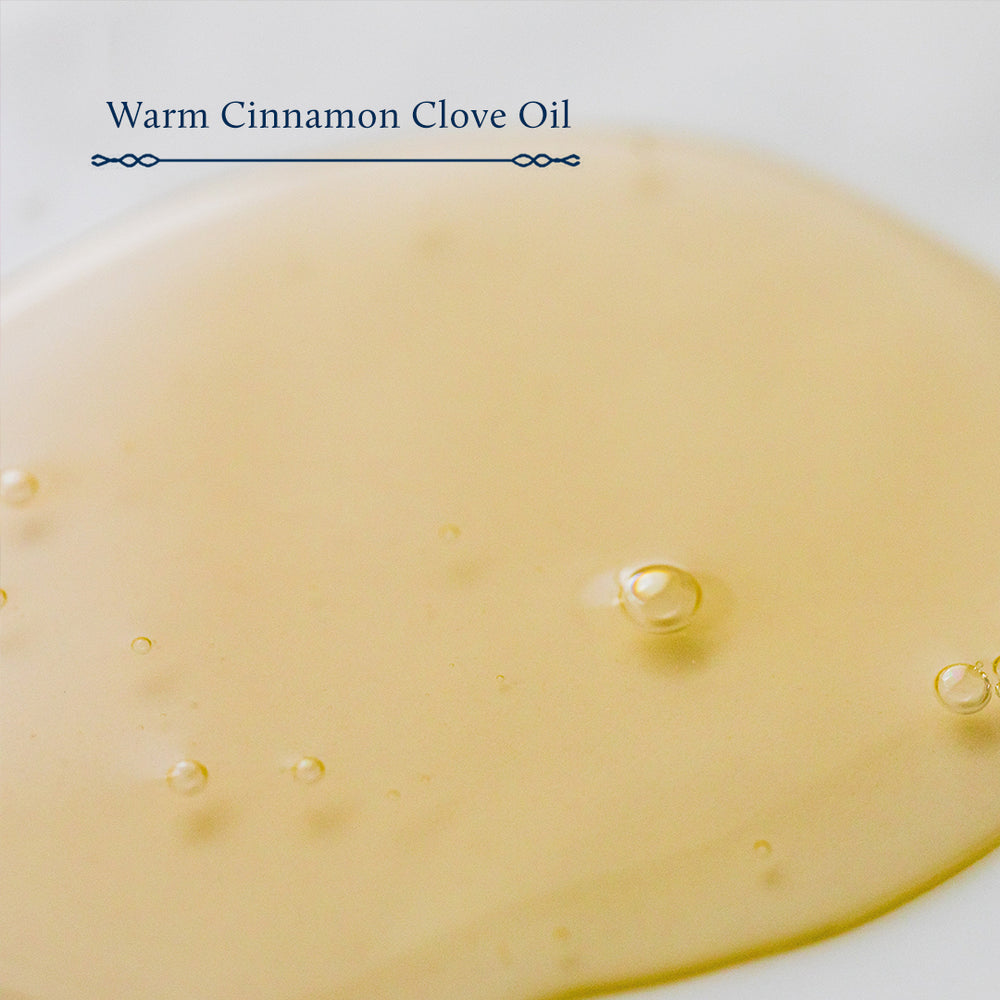


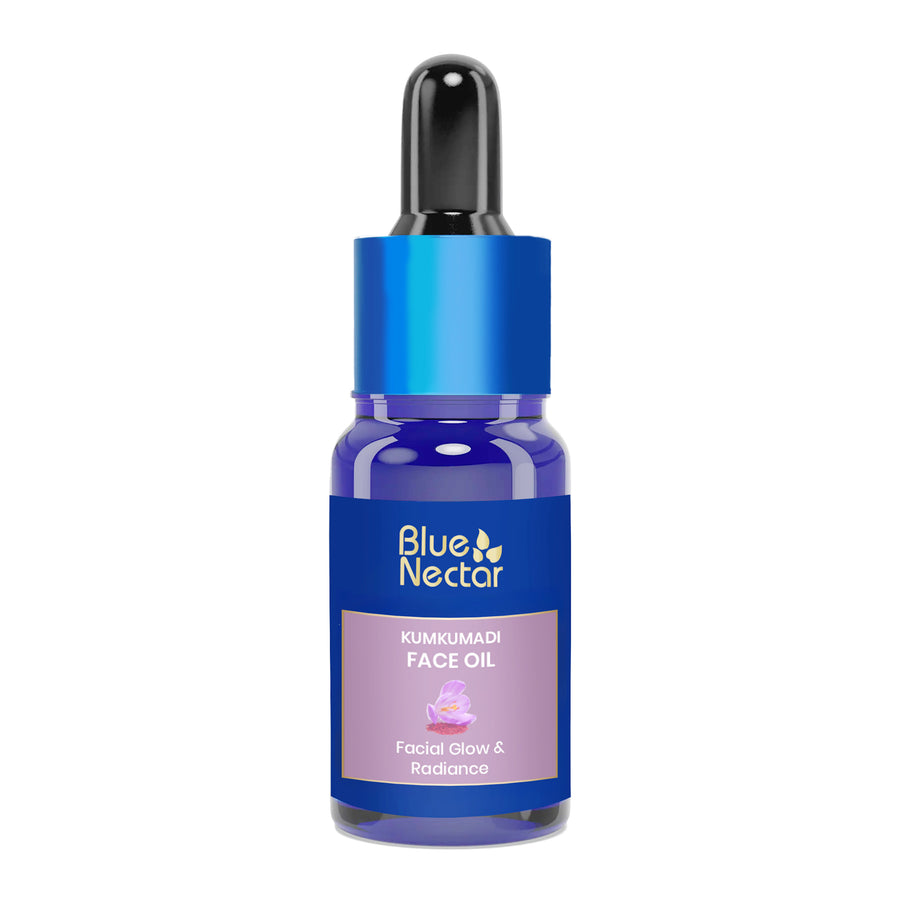
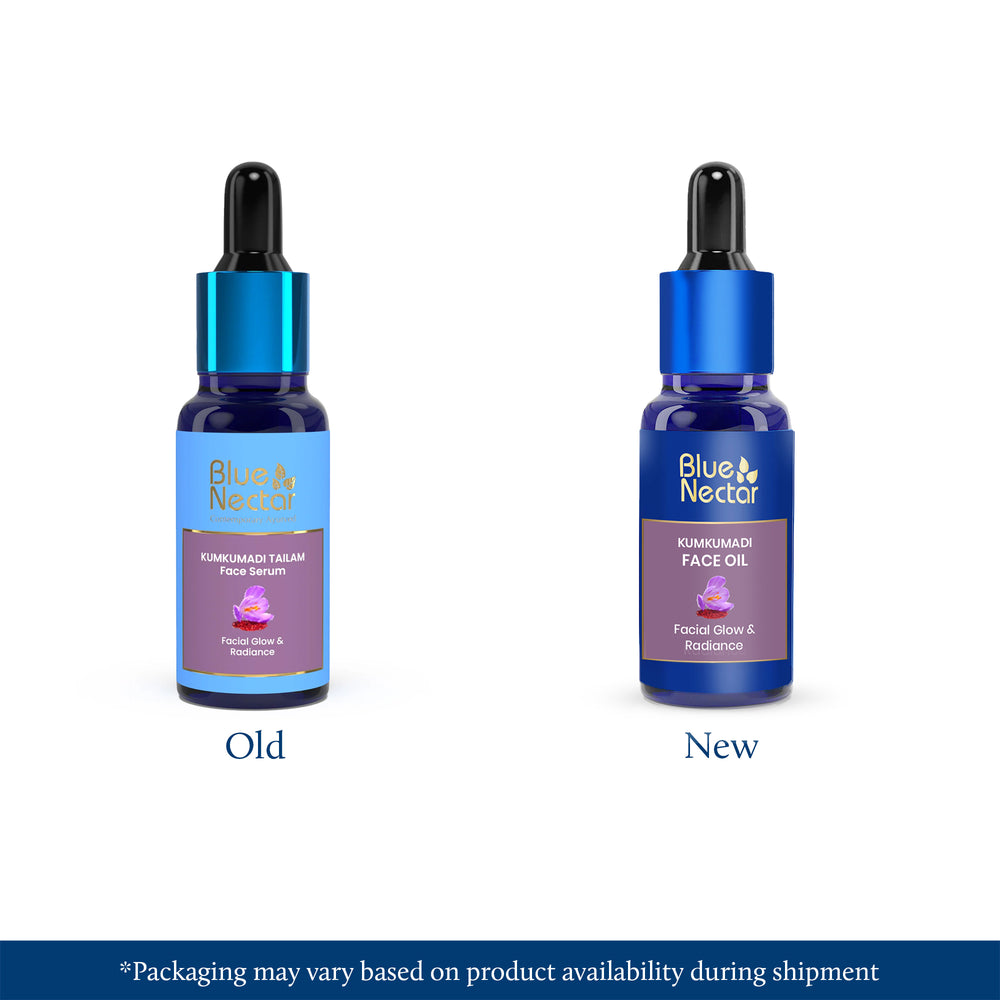
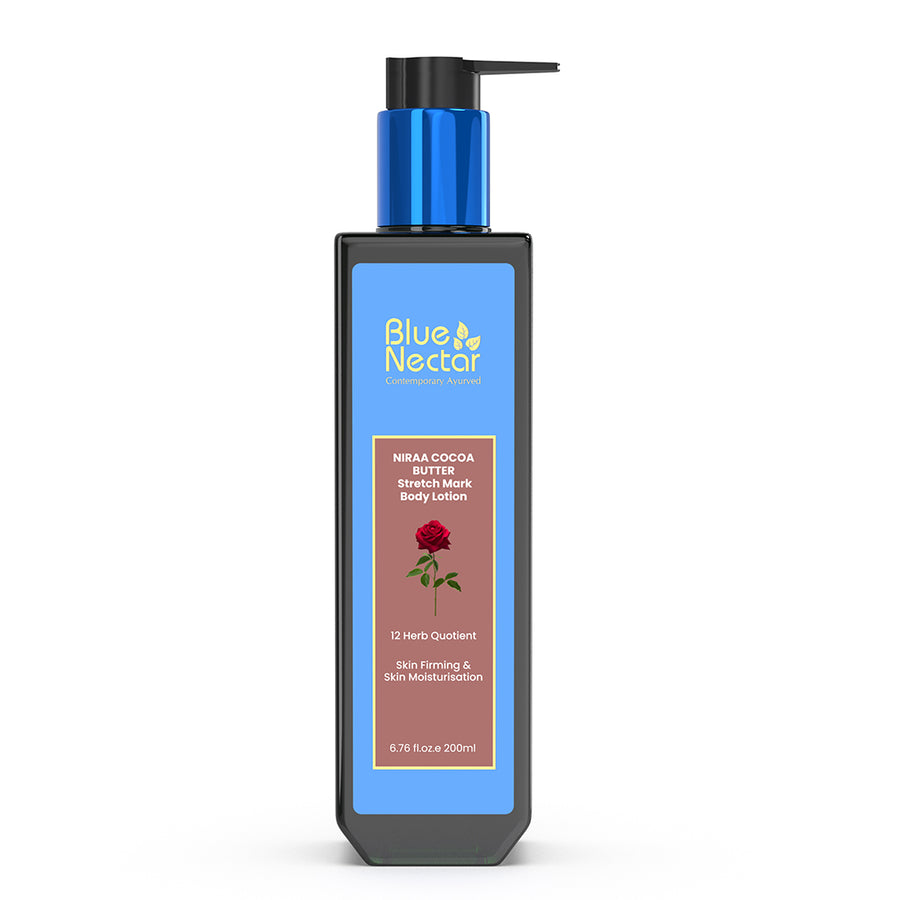
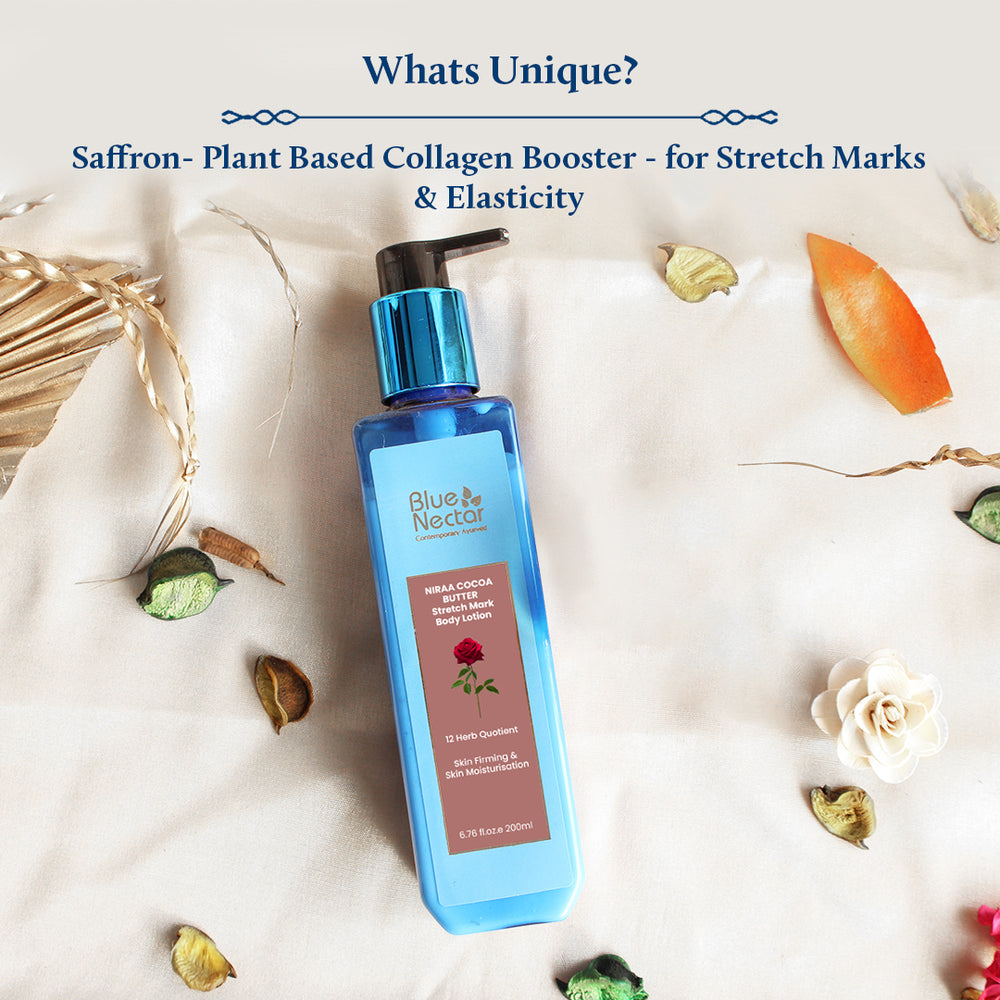
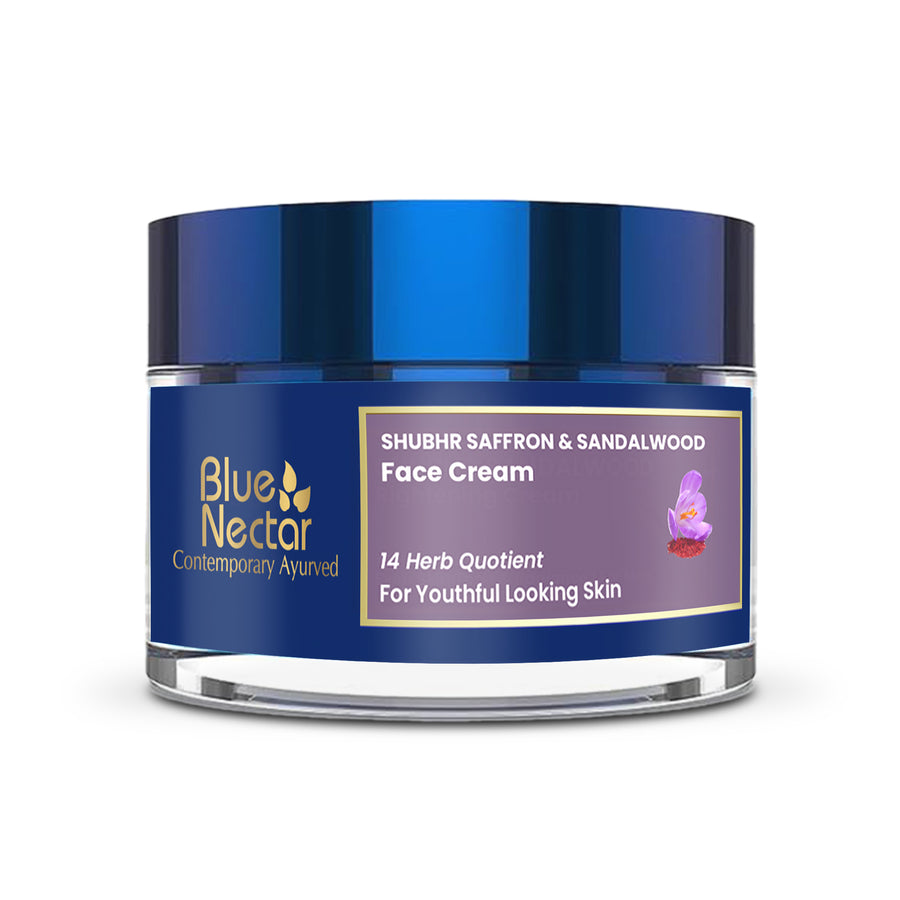
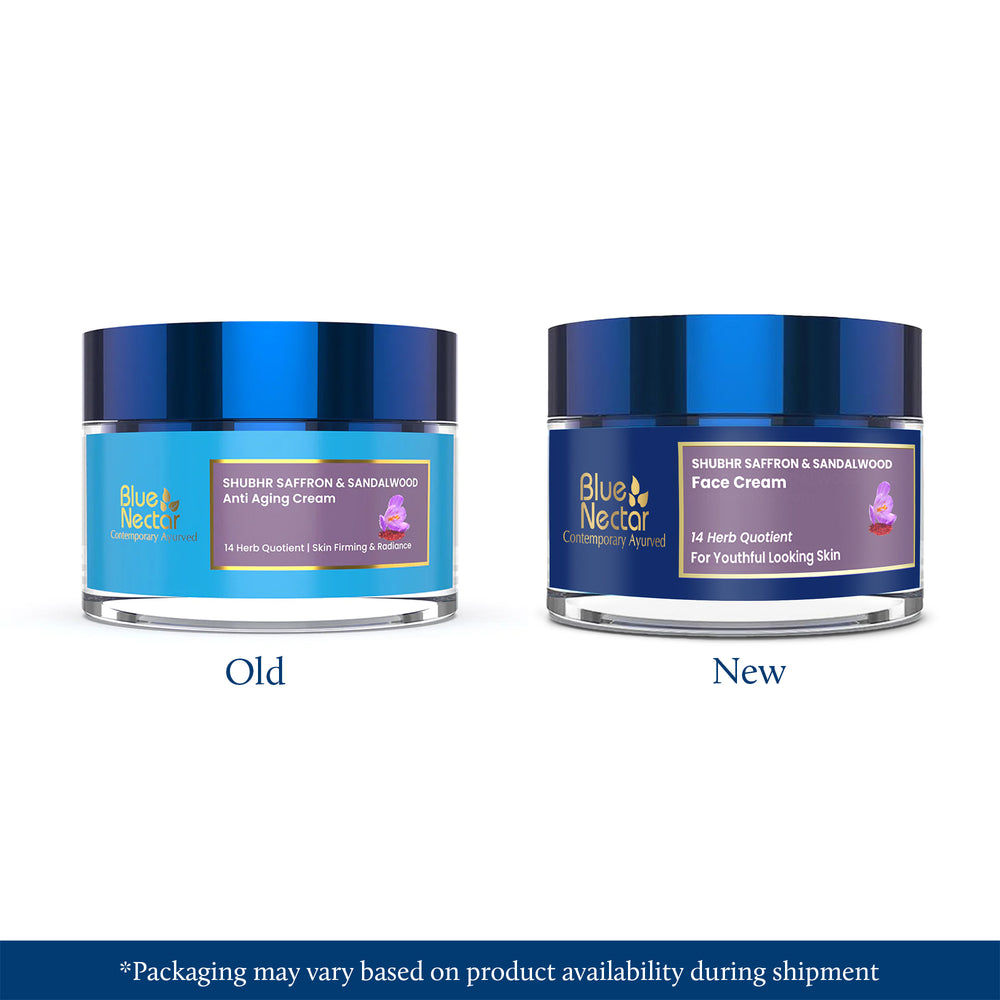
This blog highlights the incredible benefits of Nalpamaradi Oil for babies! Its natural ingredients work wonders on delicate skin, offering gentle moisturizing, skin brightening, and helping to reduce dark spots. A must-read for parents looking for a safe and effective way to care for their little one’s skin
Leave a comment